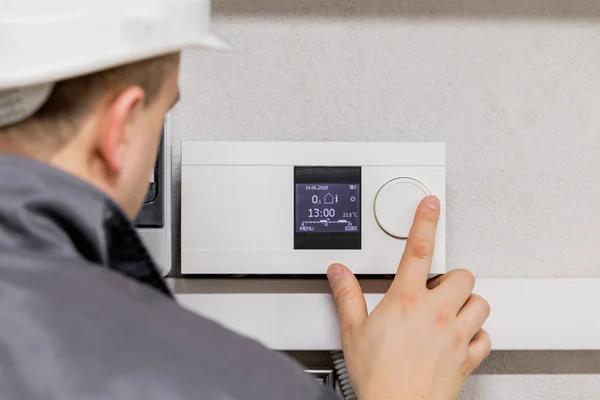During an HVAC service visit, it’s important to go beyond the routine maintenance checklist and be vigilant about identifying hidden problems that could lead to costly repairs or inefficiencies down the line. While professional technicians are trained to spot issues, homeowners can also play a role in ensuring their heating, ventilation, and air conditioning system is functioning optimally. Recognizing subtle signs of trouble early can save time, money, and inconvenience.
One of the first things to observe during an HVAC service visit is unusual noises coming from the unit. Rattling, squealing, or hissing sounds may indicate loose components, worn belts, or refrigerant leaks. These issues often start small but can escalate into significant malfunctions if left unaddressed. Additionally, pay attention to any strange odors emanating from your system—musty smells might suggest mold growth in ducts or filters while burning odors could point to electrical issues.
Another area worth examining is airflow throughout your home. Uneven temperatures across rooms or weak airflow from vents might signal blockages in ductwork or failing components like the blower motor. During the technician’s inspection process, ask them to check for leaks in ductwork as well as debris buildup that could restrict proper airflow.
Energy efficiency is another critical indicator get more insights of hidden HVAC problems. If you’ve noticed a sudden spike in utility bills without increased usage patterns at home, it could mean your system is working harder than necessary due to underlying issues such as dirty coils or low refrigerant levels. Discuss these concerns with your technician so they can perform a thorough diagnostic test on energy-consuming parts of your unit.
The thermostat should not be overlooked either—it serves as the control center for your entire HVAC system. Inaccurate readings or frequent cycling on and off may hint at calibration errors or wiring faults that need immediate attention.
Finally, don’t forget about preventive measures like inspecting drainage systems for clogs and ensuring outdoor units remain free of debris such as leaves and dirt that can hinder performance over time. Partnering with a reputable technician who performs comprehensive checks during each visit will help uncover potential risks before they evolve into major breakdowns.
By staying alert during an HVAC service appointment and addressing minor concerns proactively rather than reactively handling emergencies later on—you’ll extend equipment lifespan while maintaining comfort year-round efficiently!

